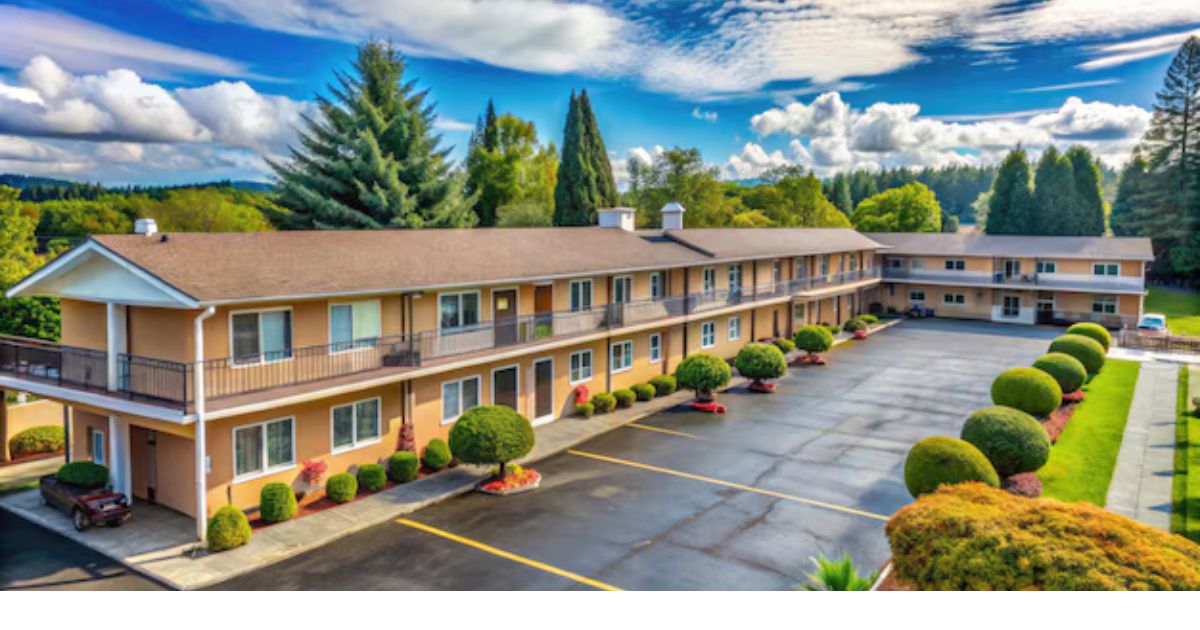Papas fritas, also known as French fries or simply “fries,” are a beloved dish enjoyed worldwide. Originating from Belgium but popularized in France and beyond, papas fritas are made from potatoes that are cut into strips and deep-fried until golden and crispy. These deliciously crunchy snacks are a staple in many cultures and can be served as a side dish, snack, or even the main course. In this guide, we’ll explore how to make the perfect papas fritas at home, from selecting the right potatoes to mastering the frying technique.
The History of Papas Fritas
The history of papas fritas is as rich as their flavor. While their exact origins are debated, it’s widely believed that French fries were invented in Belgium in the late 17th century. Fishermen in the region would fry small fish, but when the rivers froze during the winter, they turned to frying potatoes instead. The dish eventually spread to France, where it became a popular street food. Today, papas fritas are enjoyed in various forms all around the world, from the classic thin-cut fries to thicker steak fries, and even curly or waffle-cut versions.
Choosing the Right Potatoes
The foundation of great papas fritas starts with the right potatoes. For the best results, opt for starchy varieties like Russet or Idaho potatoes. These types of potatoes have a higher starch content and lower moisture, which helps achieve that perfect crispy exterior while keeping the inside soft and fluffy. Avoid waxy potatoes like red or new potatoes, as they tend to hold more moisture and can result in soggier fries.
Prepping Your Potatoes
Once you’ve selected your potatoes, the next step is proper preparation. Start by peeling the potatoes, although leaving the skin on can add extra texture and flavor if you prefer. Cut the potatoes into uniform strips to ensure even cooking. You can choose the thickness based on your preference—thin for crispy fries or thicker for a softer bite. After cutting, soak the potato strips in cold water for at least 30 minutes. This step helps remove excess starch, which is crucial for achieving crispy fries.
The Importance of Double Frying
The secret to perfect papas fritas lies in the double frying method. This technique involves frying the potatoes twice at different temperatures. The first fry is done at a lower temperature (around 325°F or 160°C) to cook the potatoes through without browning them. After this initial fry, the potatoes are removed from the oil and allowed to cool. The second fry, at a higher temperature (around 375°F or 190°C), crisps up the exterior, giving the fries their signature crunch. Double frying ensures that the fries are cooked evenly and have a crispy exterior with a fluffy interior.
Choosing the Right Oil
The choice of oil can significantly affect the taste and texture of your papas fritas. Neutral oils with a high smoke point, such as vegetable, peanut, or canola oil, are ideal for frying. These oils can withstand high temperatures without burning, ensuring that your fries cook evenly and don’t absorb too much oil. Some people prefer using beef tallow or duck fat for frying, which adds a rich, savory flavor to the fries. Whichever oil you choose, make sure it’s clean and fresh for the best results.
Frying Your Papas Fritas
When you’re ready to fry, fill a deep, heavy-bottomed pot with your chosen oil and heat it to the appropriate temperature for the first fry (around 325°F or 160°C). Carefully add the potato strips in small batches to avoid overcrowding, which can lower the oil temperature and result in greasy fries. Fry the potatoes for about 3-5 minutes, until they are cooked through but not browned. Remove them from the oil with a slotted spoon and let them drain on a paper towel-lined tray. After all the potatoes have been fried once, increase the oil temperature to 375°F (190°C) and fry the potatoes again in batches until they are golden brown and crispy. This second fry should take about 2-3 minutes.
Seasoning Your Papas Fritas
Seasoning is the final step in creating perfect papas fritas. As soon as the fries come out of the oil, sprinkle them with salt. The salt will adhere better when the fries are hot and just out of the fryer. For a classic flavor, simple sea salt is all you need. However, you can also get creative with your seasonings. Add a pinch of garlic powder, paprika, or a dash of truffle oil for a gourmet twist. Freshly chopped herbs like rosemary or thyme can also elevate the flavor of your fries.
Serving Suggestions
Papas fritas are incredibly versatile and can be enjoyed in countless ways. Serve them as a side dish with your favorite burger, steak, or grilled chicken. For a fun twist, top your fries with cheese and gravy for a delicious poutine, or smother them in chili and cheese for a hearty snack. You can also enjoy papas fritas on their own with a variety of dipping sauces such as ketchup, aioli, or barbecue sauce. The possibilities are endless, making papas fritas a crowd-pleaser at any meal.
Storing and Reheating Papas Fritas
If you have leftovers, you can store your papas fritas in an airtight container in the refrigerator for up to 2 days. To reheat, spread the fries in a single layer on a baking sheet and bake them in a preheated oven at 400°F (200°C) for about 5-10 minutes, or until they are hot and crispy again. Avoid microwaving leftover fries, as this can make them soggy. For the best texture, reheating in the oven is the way to go.
Common Mistakes to Avoid
Even though making papas fritas is relatively simple, there are a few common mistakes to watch out for. Avoid overcrowding the frying pot, as this can lower the oil temperature and result in greasy, soggy fries. Make sure to soak your potatoes before frying to remove excess starch, which helps achieve that desired crispiness. Lastly, be patient during the double frying process—rushing it can lead to unevenly cooked fries.
The Healthier Side of Papas Fritas
While traditional papas fritas are deep-fried, there are healthier alternatives if you’re watching your fat intake. Baking or air frying your papas fritas can significantly reduce the amount of oil used, resulting in lower-calorie fries. Simply toss your potato strips in a small amount of oil and bake them in a preheated oven at 425°F (220°C) for about 20-30 minutes, turning them halfway through to ensure even cooking. Air fryers offer a similar result with even less oil, giving you a healthier version of your favorite snack.
Conclusion:
Making papas fritas at home is not only satisfying but also allows you to enjoy a fresher, tastier version of this classic snack. By following the steps outlined in this guide—choosing the right potatoes, mastering the double frying technique, and experimenting with seasonings—you can create fries that rival those from your favorite restaurant. Whether you serve them as a side dish or enjoy them as a snack, homemade papas fritas are sure to delight everyone at the table.
FAQs
What type of potato is best for making papas fritas?
Russet or Idaho potatoes are ideal for making papas fritas due to their high starch content and low moisture, which helps achieve a crispy exterior and fluffy interior.
Why do you need to double fry papas fritas?
Double frying ensures that the fries are cooked evenly and have a crispy exterior with a fluffy interior. The first fry cooks the potatoes through, while the second fry crisps them up.
Can I make papas fritas without deep frying?
Yes, you can bake or air fry papas fritas as a healthier alternative. Both methods use less oil and still produce crispy fries, though the texture may differ slightly from traditional deep-fried versions.
How can I prevent my fries from becoming soggy?
To prevent soggy fries, make sure to soak the potato strips in cold water before frying to remove excess starch, fry in small batches to avoid overcrowding, and ensure the oil is at the correct temperature.
What are some creative seasonings for papas fritas?
In addition to classic salt, you can season your papas fritas with garlic powder, paprika, truffle oil, or fresh herbs like rosemary and thyme for a unique flavor twist.










